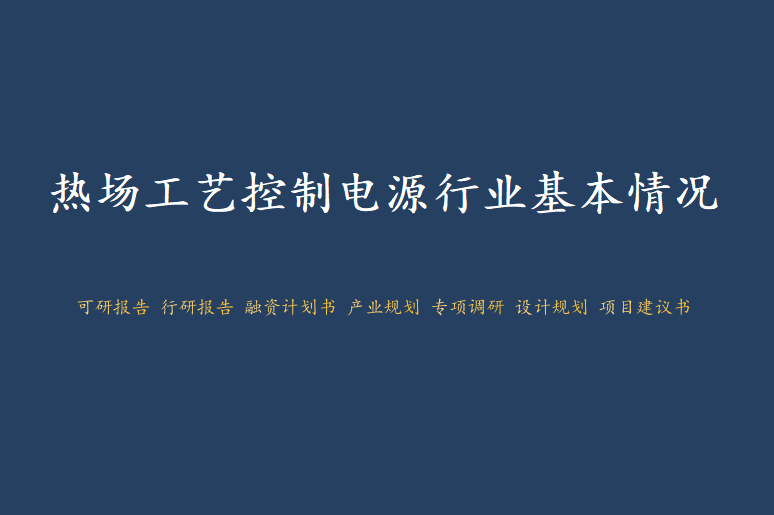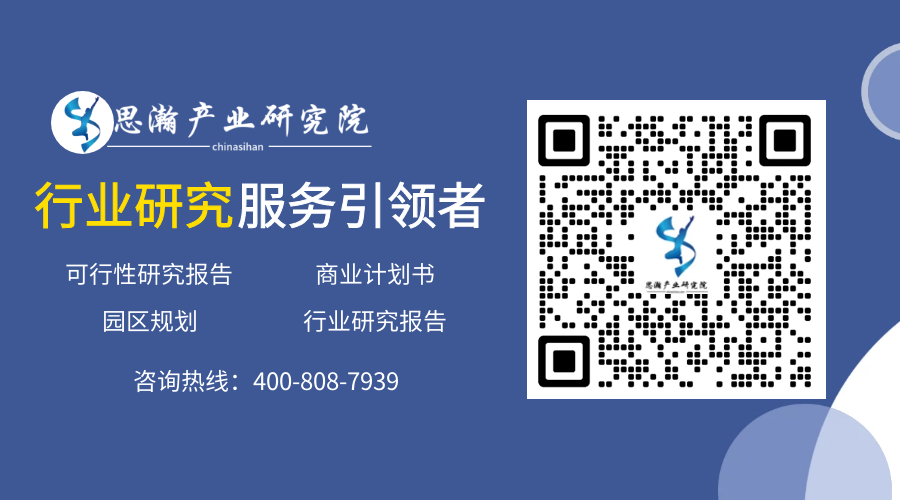
Electric heating has advantages such as uniform heating, high thermal efficiency, and ease of control, making it an important processing method in manufacturing and metallurgy industries. The temperature itself and its spatial distribution over time during the manufacturing process significantly influence various physical and chemical reactions, necessitating process control through power supplies.
In the 1950s, controllable power semiconductors were invented, leading to advancements in power electronics technology that converted and controlled electrical energy using power semiconductor devices, which promoted the development of thermal field process control power supplies. Thermal field process control power supplies consist of control units made up of embedded software, chips, electronic components, etc., combined with power devices such as IGBTs or thyristors, utilizing power electronics technology to control and transform power supply parameters such as voltage, current, frequency, and AC/DC characteristics, thereby achieving high precision and efficient control of the thermal field process, making it a key component of high-precision automated heating equipment.
The electric heating process mainly includesresistive heating, induction heating, and electron beam heating. Resistive heating is the most mature form of electric thermal conversion, utilizing the heat generated by the resistance of an object to achieve heating, classified as direct heating. The power of resistive heating is directly related to the magnitude of the current and the resistance of the heating body, and can be controlled by AC voltage-regulating power supplies or DC crystal growth power supplies. Resistive heating features directness, high efficiency, and high precision, with current control precision reaching one ten-thousandth; however, the maximum temperature of resistive heating is limited by the heating material, restricting its application in processes exceeding 2,800°C.
Induction heating uses an alternating magnetic field to generate eddy currents within the heated object, making it a non-contact heating method with advantages such as faster heating speed and better adaptability to thermal field environments. It can also change the heating depth and position by altering the frequency and shape of the induction coil, making it more suitable for processes requiring higher maximum temperatures and more complex external environments. The effectiveness of induction heating is related to the AC power and frequency, which can be controlled by medium to high-frequency AC induction power supplies.
As an indirect heating method, induction heating is relatively more challenging to control, currently allowing for indirect control of DC power on the power supply side to one ten-thousandth. Additionally, induction heating generates a strong magnetic field, which can cause electromagnetic stirring of the heated object but may also interfere with magnetically sensitive processes.
Traditional thermal field process control power supplies are mainly used for electric furnaces and electric heaters, with lower precision control requirements. With the development of emerging industries such asphotovoltaics, rare earth materials, electronic materials, and heat-resistant materials, new processes such as crystal growth, vapor deposition, powder sintering, vacuum melting, and heat treatment are required to meet material processing needs. These processes not only demand higher thermal field control precision but also greatly enrich the connotation of thermal field control, with the main directions as follows:

The development of new industries and processes provides opportunities for the advancement of high-end thermal field process control power supplies, pushing them towards higher precision, digitalization, and intelligence.
Crystal Growth: Control of phase changes through the temperature gradient of the thermal field to reconstruct the microscopic crystal structure and control photovoltaic and electronic materials. Downstream application fields include photovoltaic materials and electronic materials.
Vapor Deposition: The high-temperature decomposition method in chemical vapor deposition uses high temperatures to decompose compounds, achieving purification or additive growth upon re-deposition. Downstream application fields include photovoltaic materials and electronic materials.
Powder Sintering: High temperatures cause bonding between powders, leading to physical and chemical interactions that transform particle aggregates into crystalline bodies, resulting in materials or products with the desired strength and characteristics. Downstream application fields include rare earth materials and heat-resistant materials.
Vacuum Melting: In a vacuum environment, eddy currents are generated through electromagnetic induction, and temperature control is used to melt metals, refining high-purity metals and alloys while improving microstructure through electromagnetic stirring. Downstream application fields include.
Heat Treatment Materials: In solid state, through heating, holding, and cooling methods, the shape and overall chemical composition of the workpiece remain unchanged, while the internal microstructure or surface chemical composition is altered to achieve the desired organization and performance of metals. Downstream application fields include high-end metal processing.
For more industry research analysis, please refer to the official website of Sihan Industrial Research Institute, which also providesindustry research reports, feasibility reports (project approval, bank loans, investment decisions, group meetings), industrial planning, park planning, business plans (equity financing, investment cooperation, internal decision-making), special research, architectural design, and overseas investment reports and other related consulting service solutions.

 About Us
About Us
Sihan Industrial Research InstituteChinasihan.comLeader in Chinese Industrial ResearchEnhancing the Future City of InnovationContact for Customized Report Orders: · Phone:4008087939 0755-28709360 · Customer Service WeChat:g15361035605 · Customer Service QQ:454058156 · Email:chinasihan@126.com
· Official Website:Chinasihan.com